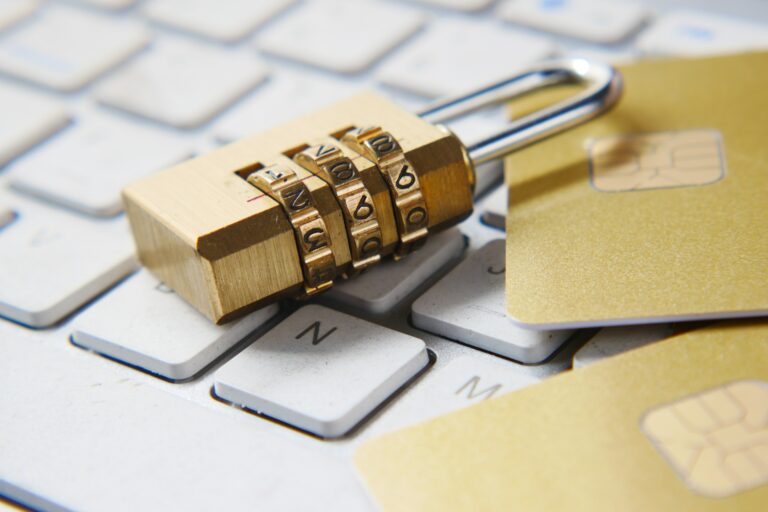
What are Digital Assets in a Will?
Most family members may not have a clue what we have floating out in cyberspace. Accessing or deleting accounts can be tricky for family members, if they don’t have your login credentials.

Most family members may not have a clue what we have floating out in cyberspace. Accessing or deleting accounts can be tricky for family members, if they don’t have your login credentials.

Creating a list of digital accounts and instructions on how to gain access to them is now akin to having a traditional will or a trust in estate planning.

Today, so many aspects of our lives are managed virtually. We keep currency, photos, music, documents, bills, medical records, artwork and even our social lives online or ‘in the cloud.’

You can reduce stress and expenses for yourself and your family, if you develop an estate plan that includes these important documents.

While cryptocurrency isn’t new, it’s attracted a lot of attention in the past year because of its skyrocketing value, promotion from prominent figures like billionaire Elon Musk, and bitcoin offerings from traditional financial firms like Morgan Stanley.

It’s difficult to go a few hours without interacting with a digital account. Whether that is email, online banking or social media, many daily tasks involve digital informational storage.

LOIs may also include whatever you think may help the people you leave behind or who would take over if you are not capable.

Photographs in the cloud, Facebook and Instagram accounts, bank and other financial accounts, and a host of other accounts and data are at our fingertips on electronic devices.